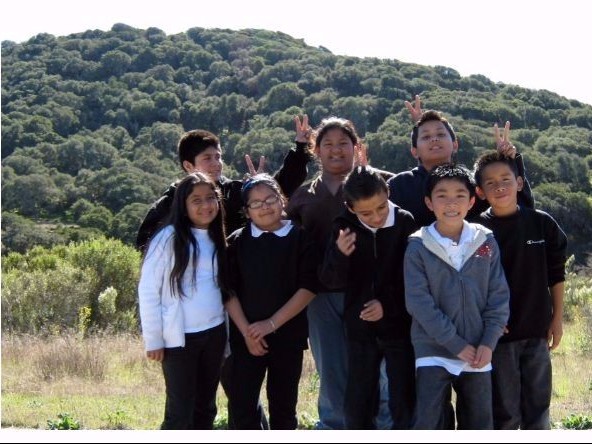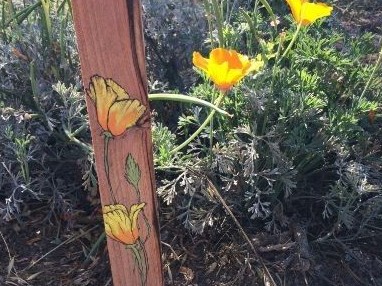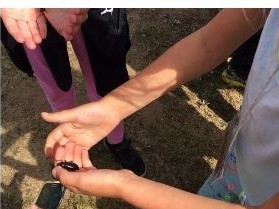Habitat
Habitat is vital for maintaining the health of wildlife and natural systems. The University’s natural habitats also contribute to its sense of place, student health and wellness, and promote a connection to and concern for our natural environment. CSUMB’s natural habitat should honor the history of place, including indigenous communities and military uses.
Achievements
- Campus restoration fund established for native plants and trees.
- New buildings support infill development and reduce impact to natural open space.
- Plant 2,030 native trees and plants.
- Grow campus plants for formal landscape and habitat restoration projects.
- Improve formal and informal outdoor spaces for people to gather (areas for sitting in groups and for being reflective and contemplative). (EJ&I)
- Highlight the history and changing geography of place, including indigenous, ranching, and military uses. Seeking to integrate natural habitat that reflects cultural and historical uses and planting. (EJ&I)
- Integrate edible landscaping into landscape design and maintenance, Create a method for sharing (map, signage, etc.).
- Create a Special Area Plan for the Sustainability Commons and explore funding opportunities.
- Continue to utilize and expand existing programs, staff and faculty expertise to care for our natural environment.
- Plant all native and/or drought tolerant plants in 100% of the new and “refresh” planting projects.
- Form a landscape and habitat advisory committee to support campus ecosystems and habitat. Ensure the committee memberships reflects cultural and natural knowledge as well as operational stakeholders. (EJ&I)
- Restore and Improve degraded habitat and soil on campus.
- Reduce the use of in-organic herbicides by reducing opportunity for weeds to grow: increase native plants, add mulch and manage irrigation. Use herbicides as a last resort.
- Create a campus position to oversee land and soil restoration, habitat management and landscape support.
- Create an adopt-a-zone program by 2025 for groups or departments to take care of specific areas on campus.
- Create an easy to use best management practices guide to manage campus landscape and special status species and train Main and East Campus landscapers.
- Create and follow an Integrated Pest Management Plan.



